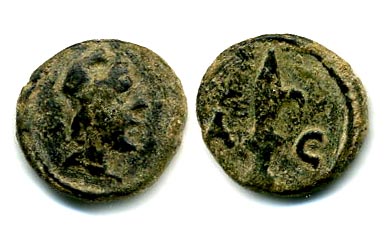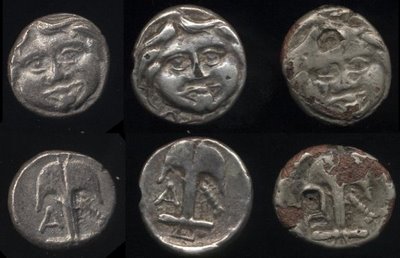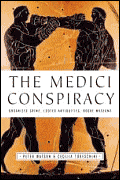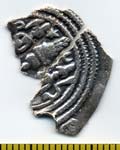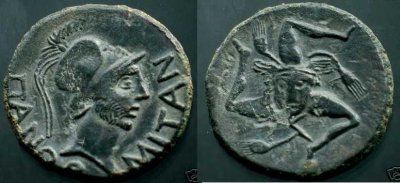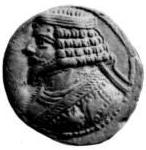To give an idea of copyright length, Percy Gardner wrote
BMC Seleucid in 1879, but didn't die until the 1930s. His works are public domain in the US, but won't be in Britain until next year. George Hill wrote
BMC Lycia in 1897, but didn't die until the late 1940s. His books won't be free for more than a decade in Britain. ESG Robinson wrote
BMC Cyrenaica in 1927, but didn't die until the 1970s. Most of us won't live to see that book free.
The books were never published in the US, and are legally considered 'unpublished' here.
The BMC Greek volumes are at least in print — but not in Britian or the US. The reprints come from Italy. I have no idea if the Italian publisher licensed them or just prints without permission.
Libaries won't photocopy books if they are still in copyright (they'll often let patrons photocopy the books, although there is a sign explaining the illegality of thee action.) Some books are a century old, still in copyright, but too brittle to let library patrons photocopy. Or the books are so rare that no libary within 200 miles has the title. The book comes up for auction maybe once or twice a year at Kolbe or Charles Davis. They never appear on used book web sites. These books you just can't get.
The lack of access to scholarship is a problem for new research. No one wants to write about coins without having read the important papers or books on the topic. But the books are often unobtainable, and photocopies are difficult to obtain and expensive.
There is a profit to be made for someone, reprinting the works. Unfortunately, most numismatic works are copyrighted and it's illegal to reprint the works without permission. Asking for that permission proves difficult.
Unlike Best-selling fiction authors who register with rights organizations and wait for the phone to ring, lessor authors cannot be traced. It isn't like real estate, where the government keeps a list of who-owns-what. In fact, it would be illegal for the government to keep track of who owns what book! Yes, that's right, there is a treaty that makes it illegal for any government to require copyrights be registered.
Copyright is established by a chain of book contracts and wills going back to the author. Neither the book contracts nor the wills are public records. Hopeful publishers start by writing to the publisher of the first edition asking for rights information. They also try to contact folks named in the authors obituary, asking about wills. If the author has been dead for a few generations this can get expensive. Of course, if the book was written in the course of business, like the BMC volumes, the author's employer may also have a claim.
So everyone photocopies books, or, if the books aren't around, another researcher's photocopies. It may be illegal to photocopy books, but there is a good economic argument to commit copyright crime. It is cheaper to get sued for photocopying and lose in court than it is to hire a detective to track down an author's estate.
I'd like to see legislation allowing anyone to reprint any out-of-print copyrighted work with an agreement to put a small amount, $5 or $10, into escrow for the title. The copyright holder can come forward when the money raised for a title makes it worthwhile.
